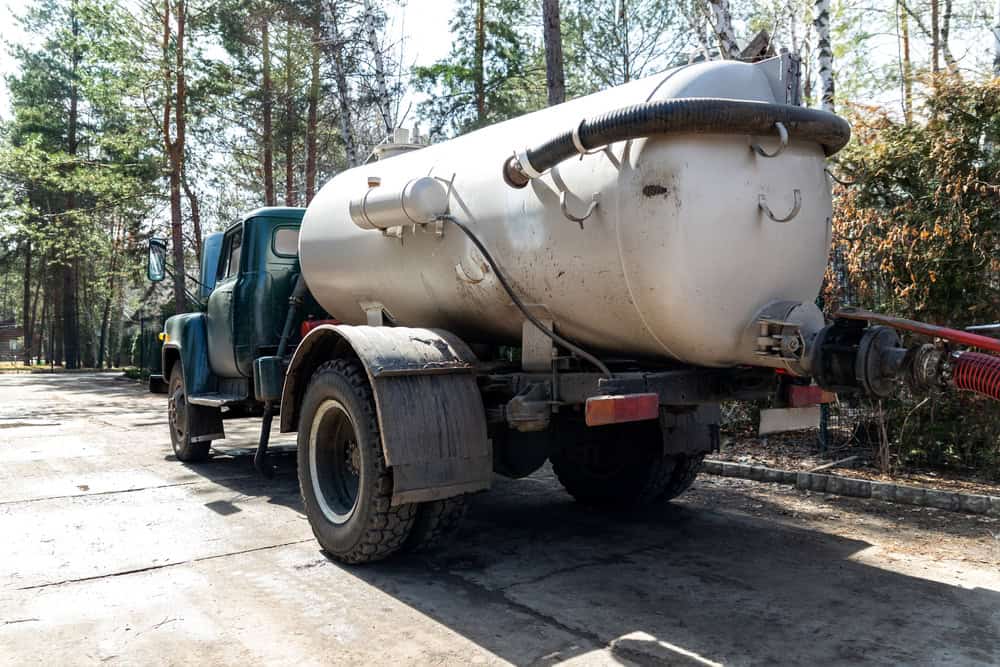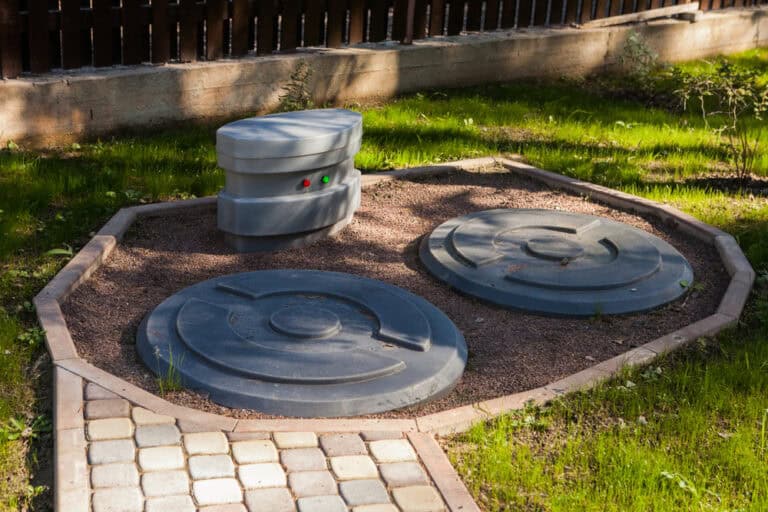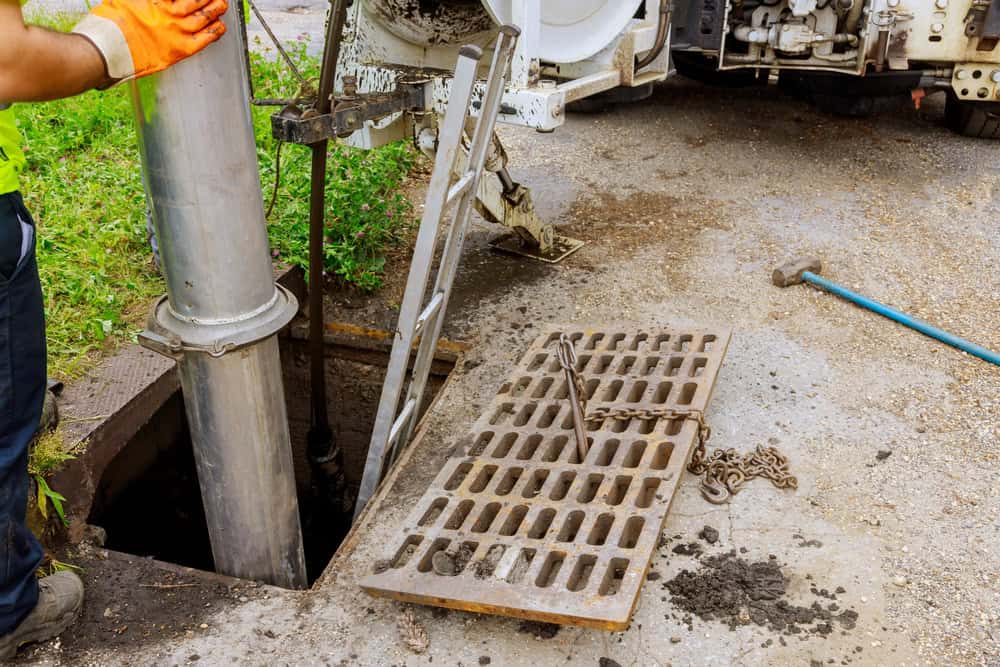Cesspool in Great River, NY
My husband and I needed the pipe that connects our home to the town sewer line replaced. Other companies told us they would need to rip up the sidewalk, street, and our walkway which would have cost us thousands in additional work.
More About Us
Browse Septic Tank Services
contact us
Expert Cesspool Installation Services in Great River, NY: A Comprehensive Guide

Why Professional Cesspool Installation Matters
When it comes to managing waste, the installation of a cesspool must be handled with precision and expertise, especially in Great River, NY. That’s where Antorino & Sons comes in. We’re not just another company; we’re your local experts with years of experience and a deep understanding of the intricacies involved in cesspool installation. Our team is fully equipped to ensure that your installation complies with all local and environmental regulations, guaranteeing a seamless and worry-free process.
Furthermore, our familiarity with Suffolk County’s specific requirements positions us uniquely to offer tailored solutions. We don’t just install; we strategize the best approach to meet your specific needs, ensuring that your system is efficient, reliable, and built to last. Choosing Antorino & Sons means opting for peace of mind, knowing that your cesspool installation is in the hands of dedicated professionals.
Expertise and Experience:
Antorino & Sons is a leader in cesspool installation in Great River, NY, backed by years of experience and a team of skilled professionals.
Commitment to Safety and Standards:
We prioritize safety and compliance, ensuring every project meets the highest industry standards and local regulations in Suffolk County.
Dedicated After-Sales Support:
Our relationship with clients doesn't end with the installation. Antorino & Sons offers ongoing support and maintenance to keep your system in top condition.

The Step-by-Step Installation Process
At Antorino & Sons, transparency is key. We walk you through the entire cesspool installation process, ensuring you’re informed and comfortable every step of the way. It all starts with a thorough site assessment in Great River, NY. This initial evaluation is critical, as it helps us understand your property’s unique characteristics. Based on this, we can recommend the most suitable cesspool system that aligns with your needs and the local regulations of Suffolk County. This meticulous planning phase is crucial for a successful installation.
Once the planning is complete, our skilled technicians take over. With attention to detail and respect for your property, they carry out the installation, adhering strictly to safety and health standards. We use only the highest quality materials and the latest techniques to ensure your cesspool is installed correctly and efficiently. Choosing Antorino & Sons means you’re investing in a durable, high-performing waste management system designed for your specific situation.

Post-Installation Support and Maintenance
After your cesspool is installed, our commitment to you doesn’t end. Antorino & Sons stands by our work with ongoing support and maintenance services in Great River, NY. Regular maintenance is essential to the health and efficiency of your cesspool system. It prevents problems before they start, ensuring your system continues to operate smoothly. Our team provides comprehensive support, tailored to the needs of your property in Suffolk County, helping you navigate any concerns or questions you may have.
Moreover, our support team is just a phone call away at 631-250-6829 should you need assistance or encounter an issue. We’re here to provide expert advice, schedule maintenance visits, and address any concerns promptly and effectively. Our goal is to ensure your cesspool system maintains optimal performance for years to come, and with Antorino & Sons, you have a partner dedicated to your satisfaction and the longevity of your investment.
Have a question?
For centuries, the Algonquin people inhabited Long Island. A sub-division of the Algonquins known as the Secatogue ( Mohegan (L.I.)) tribe occupied all of the area in what is now the town of Islip. Their principal villages were at West Islip (Secatogue), Bay Shore (Penataquit), and Oakdale (Connetquot).
On November 29, 1683, William Nicoll (Nicolls), founder of the Town of Islip and son of New York City Mayor Matthias Nicoll, was awarded the first royal patent to the east end of what is now the Town of Islip. Nicoll purchased land from Sachem (Paramount chief) Winnequaheagh of Connetquot. He named his 50,000-acre (20,000 ha) plantation (an 8-by-10-mile (13 by 16 km) tract of land) “Islip Grange”, in honor of his ancestral home of Islip (UK) in East Northamptonshire, England, from which Matthias emigrated in 1664. Nicoll’s domain extended from East Islip to Bayport and embraced the present-day communities of Sayville, West Sayville, Oakdale, Great River, Islip Terrace, Central Islip, Hauppauge, Holbrook, Bohemia, Brentwood, Holtsville, and a portion of Ronkonkoma. Nicoll paid an annual quit-rent (tax) to Thomas Dongan, 2nd Earl of Limerick and Governor of the Province of New York, of five bushels of good winter wheat or twenty-five (25) shillings payable annually on March 25.
Other early land patentees were Andrew Gibb (Islip hamlet), John Mowbray (Bay Shore, originally Awixa), Stephan Van Cortlandt (Sagtikos Manor), and Thomas Willets (West Islip).
Learn more about Great River.